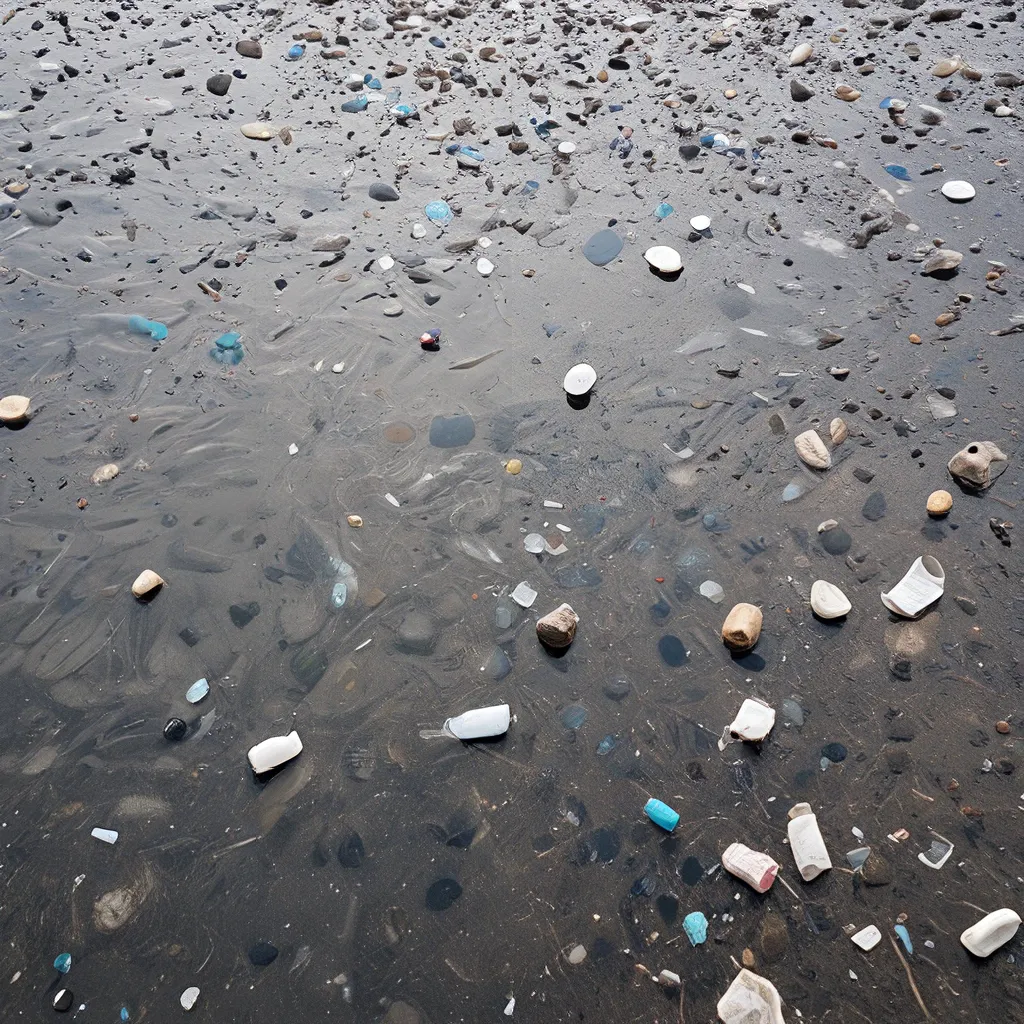
As a concerned citizen, I’ve been closely following the growing issue of microplastics in our wastewater systems. These tiny, often invisible plastic particles have been making headlines, and for good reason. They’re not only finding their way into our waterways, but also potentially posing a significant threat to our health and the environment.
Recently, I came across some eye-opening information from a government report that highlighted the scale of the problem. It turns out that microplastics are ubiquitous in our water cycle, with wastewater treatment plants serving as a major conduit for their entry into the environment. Yikes, that’s a pretty sobering thought, isn’t it?
But here’s the kicker – the same report also suggested that wastewater treatment facilities could play a crucial role in mitigating this issue. I mean, if these facilities are part of the problem, they should also be part of the solution, right? That’s why I decided to dive deeper into this topic and share what I’ve learned with you.
Understanding Microplastics in Wastewater
Okay, let’s start with the basics. What exactly are microplastics, and how do they end up in our wastewater? Well, according to a government website, microplastics are defined as plastic particles that are less than 5 millimeters in size. These tiny bits of plastic can come from a variety of sources, such as synthetic clothing, personal care products, and even the breakdown of larger plastic items.
When we wash our clothes or use certain products, these microplastics get flushed down the drain and end up in our wastewater treatment systems. And here’s the really concerning part – a recent study found that wastewater treatment plants are actually not very effective at removing these tiny plastic particles. Yep, you heard that right. So, even after going through the treatment process, a significant amount of microplastics are still making their way into our rivers, lakes, and oceans.
Potential Risks and Implications
Now that we know how microplastics are getting into our wastewater, it’s time to talk about the potential risks and implications. And let me tell you, the more I learn about this, the more worried I get.
For starters, these tiny plastic particles can accumulate toxic chemicals and other pollutants as they travel through the water cycle. When they’re eventually released into the environment, they can potentially harm aquatic life and even make their way into our food chain. Imagine eating a fish that has been exposed to all kinds of nasty chemicals and plastics – yuck, no thank you!
But the concerns don’t stop there. There’s also growing evidence that microplastics may have negative impacts on human health. Some studies have suggested that they could be linked to endocrine disruption, inflammation, and even reproductive issues. I mean, the thought of these tiny plastic particles potentially messing with our hormones and internal systems is just plain unsettling.
Mitigation Efforts and Ongoing Research
Okay, I know I’ve been painting a pretty bleak picture, but I don’t want to leave you feeling hopeless. The good news is that there are people and organizations working hard to address this issue.
For example, the wastewater treatment services I’ve been researching are actively exploring ways to improve the removal of microplastics from their treatment processes. They’re experimenting with new technologies and strategies to capture and contain these tiny plastic particles before they can be discharged into the environment.
And the research on microplastics in wastewater is ongoing. Scientists are continuously studying the sources, behavior, and potential impacts of these pollutants. They’re working to develop better detection methods and understand the long-term consequences. So, while we may not have all the answers yet, I’m encouraged to see that there’s a lot of dedicated effort going into finding solutions.
Conclusion: A Call to Action
As I’ve learned more about this issue, I’ve realized that we all have a role to play in addressing the problem of microplastics in our wastewater. It’s not just up to the experts and the wastewater treatment facilities – we as individual consumers can also make a difference.
For example, we can reduce our use of single-use plastics, opt for natural fiber clothing, and support companies that are committed to sustainability. And if you’re curious to learn more, I’d encourage you to explore the resources I’ve shared throughout this article and stay informed on the latest developments.
At the end of the day, microplastics in our wastewater are a complex and evolving issue. But by working together – from the treatment plants to the everyday consumer – I believe we can identify and mitigate the risks, and protect our precious water resources for generations to come. So, what do you say? Are you ready to join me in this important fight?